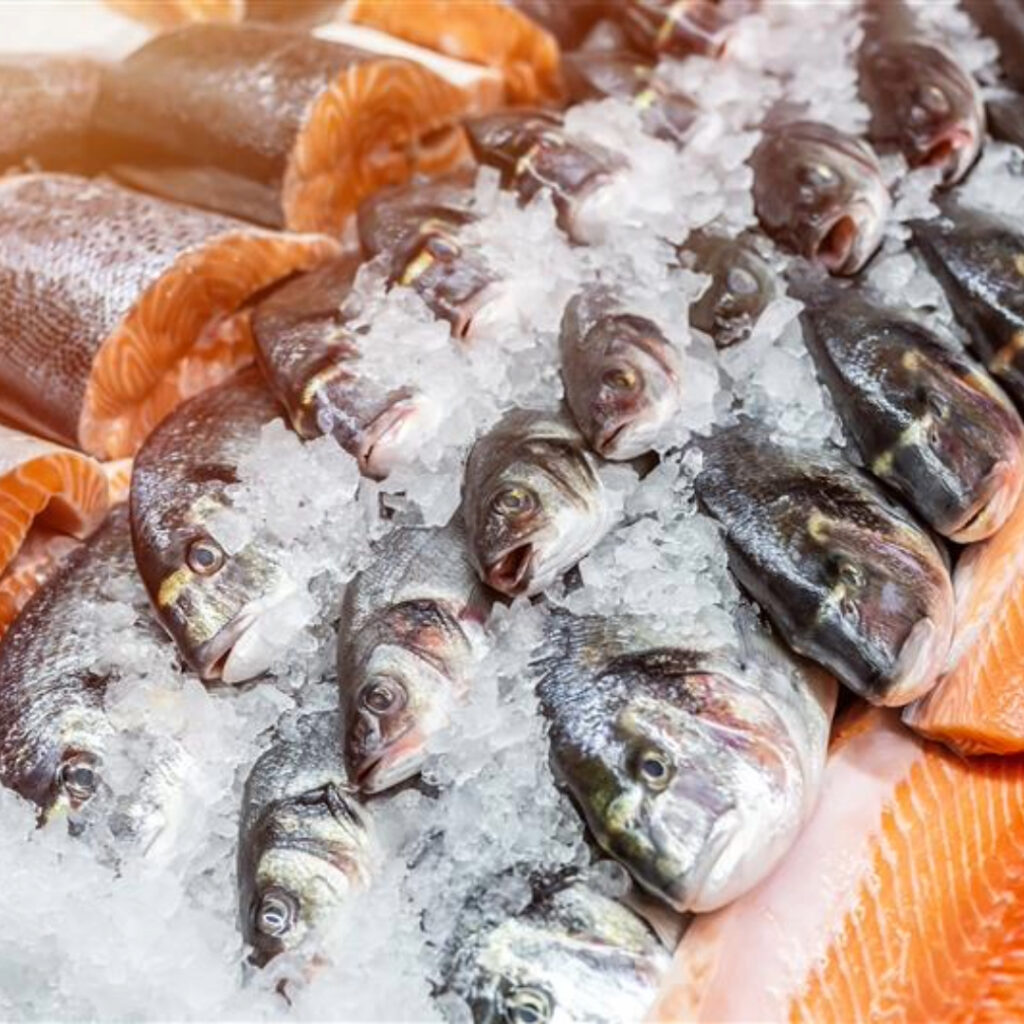October brings scares, frights, and mysteries, and alongside Halloween, it’s also National Seafood Month. We’re shining a light on a serious—and unsettling—issue in the seafood industry: seafood fraud. Discover how former Aylesworth student Samuel Kwawukume and researchers at Florida State University (FSU) have worked to promote transparency in the seafood industry.
Many people might assume that an establishment on a beach, adorned with boat-themed decor, fishing nets, and a maritime menu serves locally sourced seafood. However, this is not always the case.
“People flock to coastal businesses for fresh and locally sourced products, but this can be misleading,” says David Williams, president of SeaD Consulting. “Customers often do not receive the locally caught seafood they expect.”
This is known as seafood fraud, which involves receiving different species than requested or seafood sourced internationally instead of locally. It has become a nationwide challenge, affecting nearly every level of the supply chain, including restaurants, festivals, vendors, retailers, and even some wholesalers and distributors.
Samuel Kwawukume, a recent graduate of Florida State University with a master’s degree in nutrition and food science, was at the forefront of addressing issues in seafood fraud.
In 2023, he received the Florida Sea Grant Aylesworth scholarship, which funded his research on seafood species identification in Associate Professor Prashant Singh’s lab. At FSU, Samuel and the research team developed a rapid test known as PCR lateral flow assays to identify seafood species. The test utilizes molecular techniques to analyze DNA from shrimp tissue and determine the identity of samples.
“Studies from NGOs like Oceana show an average of 30% mislabeling, with species like red snapper, tuna, and shrimp being highly susceptible, while species like red snapper can be as high as 73-100%,” says Kwawukume. “The lab’s mission is to ensure the safety of seafood distributed nationwide. Several risks are associated with mislabeled seafood, including foodborne illnesses and economic fraud, which is hurting the U.S. coastal communities.”
Innovations in Seafood Identification Technology
Associate Professor Prashant Singh with former graduate student researcher and Aylesworth Scholar, Samuel Kwawajume. Photo by Melissa Powell, Florida State University.
Before the recent test design, industry professionals used FDA-approved DNA barcoding and real-time PCR assays for seafood identification, which involved overnight shipping of samples to an external food testing lab.
“The standard DNA barcoding method is expensive and can cost between $100-200 per sample. Additionally, it is time-consuming, taking up to three to five days for results and requiring skilled personnel and costly equipment,” says Dr. Singh.
Collaboration with industry expert Mr. Williams from SeaD revealed the need for practical, simple, and cost-effective tools. The FSU research team developed a new PCR-lateral flow assay, making the process less expensive and more accessible to all domestic shrimpers and shrimp commodity boards.
“These assays are low-cost and species-specific, providing accurate results within two hours.”
The PCR Lateral Flow Assay involves taking very small tissue samples from seafood using a toothpick, followed by DNA extraction and amplification of a specific marker, which is used for species identification. These rapid, species-specific PCR-based tests eliminate the need for DNA barcoding and associated sequencing steps, drastically reducing the testing costs and time.
In other words, DNA barcoding is like a detailed search through a library catalog, requiring careful examination of keywords, genres, and authors to find what you need. In contrast, PCR lateral flow is quick and straightforward, providing fast results that pinpoint the exact book you’re looking for.
The research team focused on identifying white shrimp, which are frequently substituted with cheaper imported varieties. As they developed their tests, they recognized the need to account for various other shrimp species. Most recently, they devised a method for Pacific white shrimp, which is most commonly used to substitute domestic shrimp species. This test is currently being used by SeaD Consulting to test for imported shrimp.

